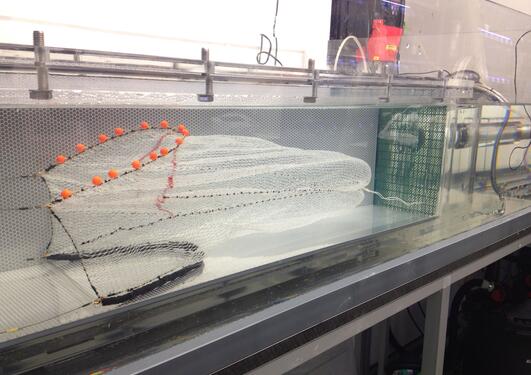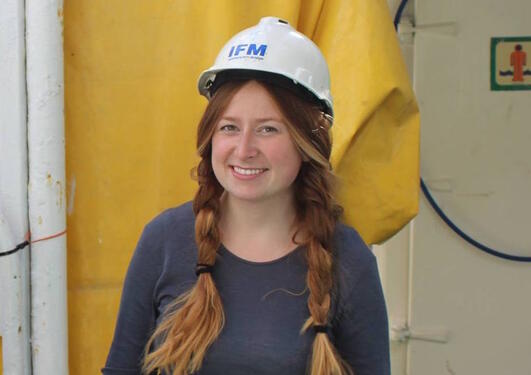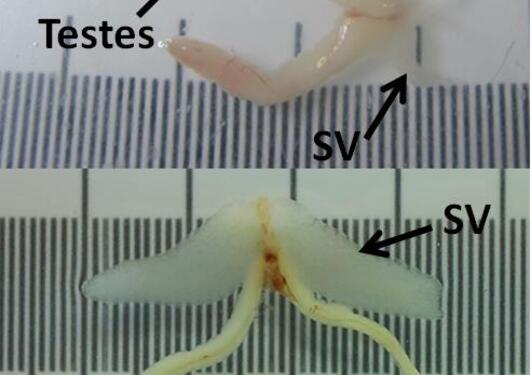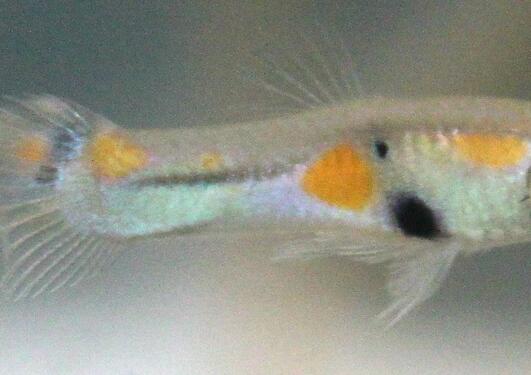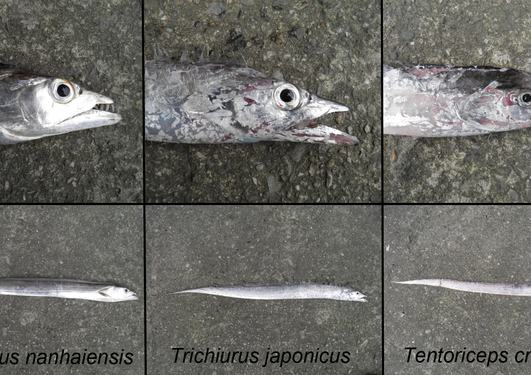News archive for Evolutionary ecology
Beatriz Diaz Pauli was invited to give a seminar at the Institute of Biodiversity, Animal Health and Comparative Medicine, University of Glasgow.
Torborg's Master thesis in the Southern Ocean: Letter 19.2.2016 — More trawling...
Martine Røysted Solås participated in BIO299, Research Project in Biology. Her task was to study whether salmon fry from enriched hatchery environment have higher survival in the wild than those from the normal hatchery environment. The final touch to the work was given while she was taking the Arctic Biology course at UNIS (University Centre in Svalbard).
Torborg's Master thesis in the Southern Ocean: Letter 12.2.2016 — Trawling
Torborg's Master thesis in the Southern Ocean: Letter 6.2.2016 — From Montevideo to the South Orkney Islands
Torborg Rustand is heading to the Southern Ocean where she will be collecting zooplankton samples for the Master project.
A new paper in Journal of Sea Research written by EvoFish alumnus Maria L. Seivåg together with Anne Gro Vea Salvanes, Anne Christine Utne-Palm, and Olav Sigurd Kjesbu examines reproductive biology and tactics in male bearded goby.
Marion Claireaux has started her PhD studies on herring life-history changes. The study is part of the ConEvolHer project lead by the Institute of Marine Research.
Silje has finished the behaviour experiments for her Masters project
Master student Ingeborg Bjerkvik Alnes has just finished her first round of behavioural tests.
Clémentine is working with guppies and otoliths at EvoFish
I was given a chance to give a presentation to Chinese schoolkids on something that is related to my profession. I chose to tell them about wildlife in China. This was a nice experience, and I believe that the children also enjoyed the occasion.
Eihab Idris will study how size-selective fishing affects colouration
To gain insight to seafood markets in China, we visited a major wholesale market in Cangnan. There is one word that describes it all: bustling.
A new EvoFish article finds mixed results and puts previous studies into question.
My three months in Taipei are now nearing the end. Here are some reflections on life in Taipei.
Fisheries on cutlassfish in Taiwan are landing several, superficially similar species. Researchers at the National Taiwan University are figuring out the relative importance and population biology of different species. EvoFish is following how this fascinating investigation is unfolding.
Pages
- February 2016 (5)
- January 2016 (2)
- December 2015 (1)
- September 2015 (2)
- July 2015 (1)
- June 2015 (1)
- May 2015 (1)
- April 2015 (1)
- March 2015 (2)
- February 2015 (2)
- January 2015 (1)
- December 2014 (1)
- October 2014 (1)
- September 2014 (5)
- July 2014 (1)
- May 2014 (1)
- February 2014 (1)
- January 2014 (2)
